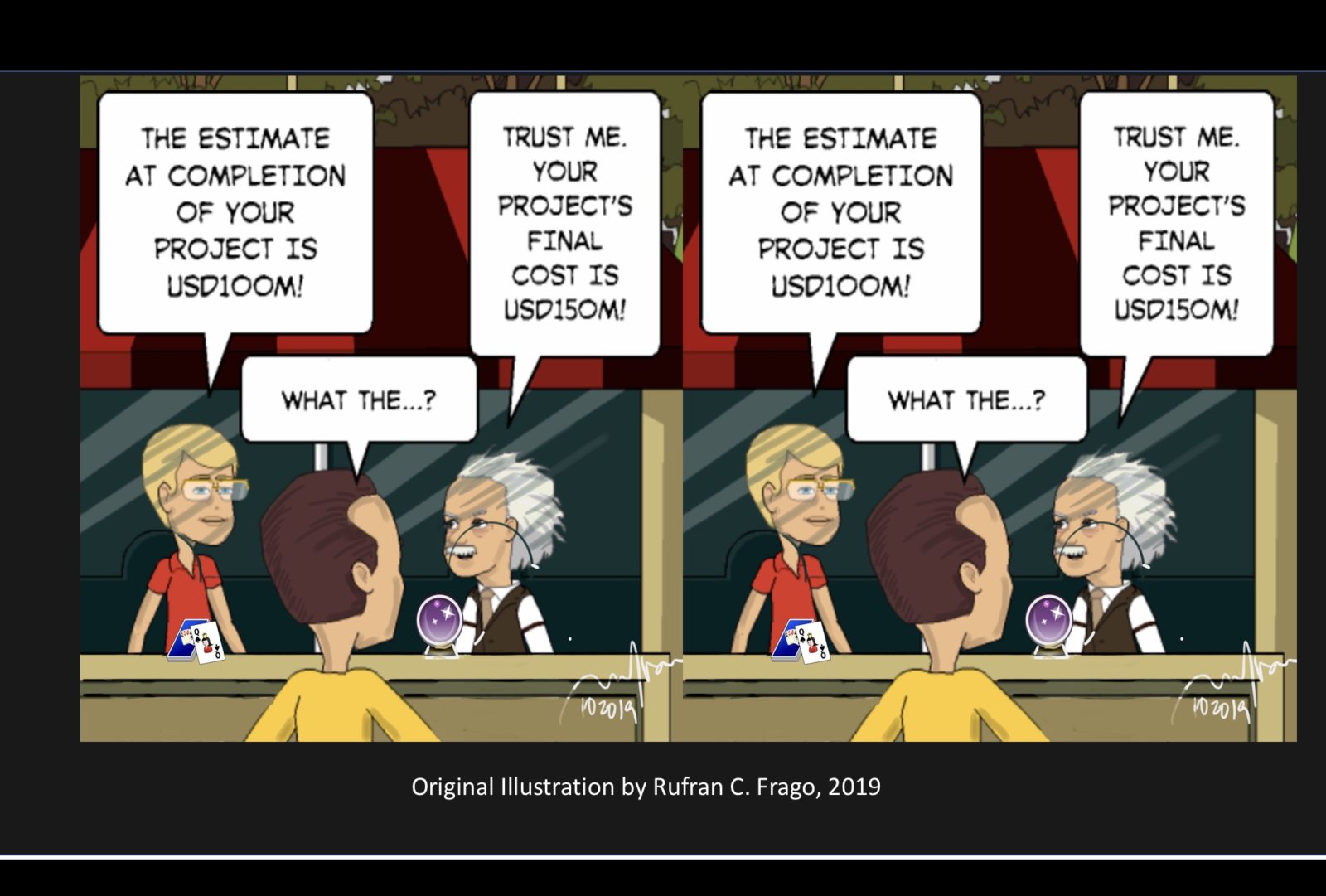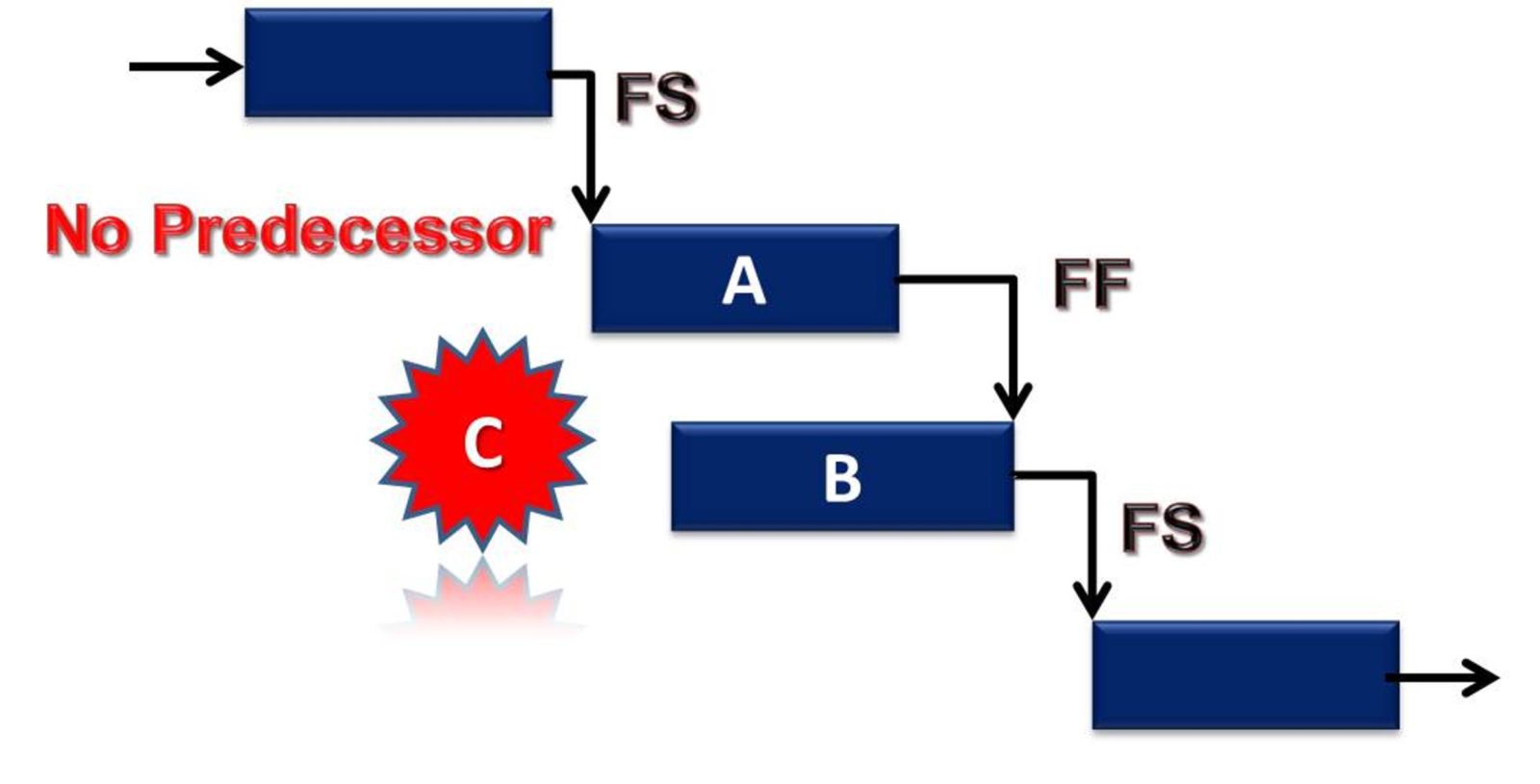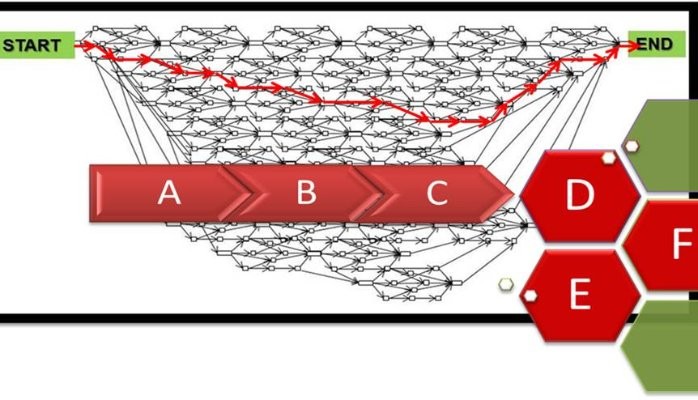Project forecasting provides useful insights on the final cost. As such, along the way, as you periodically progress the project, you’ll want to know and re-assess the Estimate at Completion. It gives all a glimpse of the possible outcome that boils down to the project’s probability of a successful outcome or failure. I know of no singular formula to calculate EAC because there were several of them.
Being a risk manager himself/herself, a project management professional’s task is to improve the project’s predictability, enabling the project to make an accurate forecast whenever needed. In this, high quality inputs, recording vital information, data monitoring, administrative controls, and analysis are critical to achieve a successful forecast from which informed decision can emanate. Project cost projection (EAC) has to be based more on facts than assumptions to be useful! One must avoid the temptation of even thinking that forecasting as just a good guess, a gut feel, and/or a number exercise!










